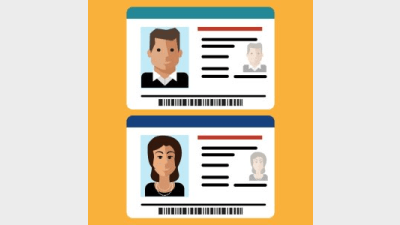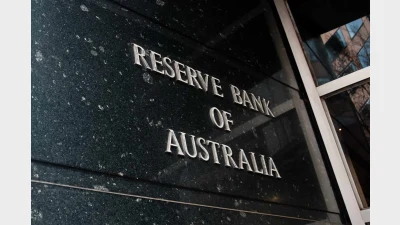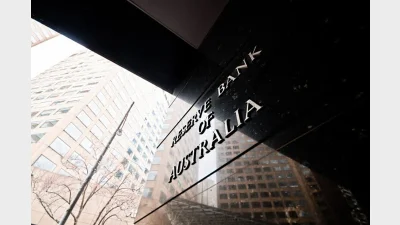ID hindering indigenous Aussies from accessing super



Lack of identification documents is a key complex issue facing indigenous Australians in accessing their super, a summit has found.
The Indigenous Superannuation Summit, held last month, was attended by over 90 stakeholders including representatives from the superannuation and banking industries, Indigenous and Government agencies, and consumer groups.
During the summit, the Australian Securities and Investments Commission's (ASIC) Indigenous Outreach Program (IOP) highlighted the practical ways the industry could improve engagement with its indigenous members through a co-ordinated outreach effort.
ASIC's IOP senior manager, Cathy Binnington, said the summit successfully identified complex issues facing indigenous Australians.
"ASIC welcomes the enthusiasm and commitment of the working group, and in particular, it's Chair, Eva Scheerlink to tackle issues facing Indigenous Australians and superannuation," she said.
Working Group member First Nations Foundation's chief executive, Trevor Pearce, said "The indigenous community is keenly watching what is unfolding within the superannuation industry and government policy development."
"Many Australians share the same challenges when dealing with their superannuation," he said.
Recommended for you
Large superannuation accounts may need to find funds outside their accounts or take the extreme step of selling non-liquid assets under the proposed $3 million super tax legislation, according to new analysis from ANU.
Economists have been left scrambling to recalibrate after the Reserve Bank wrong-footed markets on Tuesday, holding the cash rate steady despite widespread expectations of a cut.
A new Roy Morgan report has found retail super funds had the largest increase in customer satisfaction in the last year, but its record-high rating still lags other super categories.
In a sharp rebuke to market expectations, the Reserve Bank held the cash rate steady at 3.85 per cent on Tuesday, defying near-unanimous forecasts of a cut and signalling a more cautious approach to further easing.











